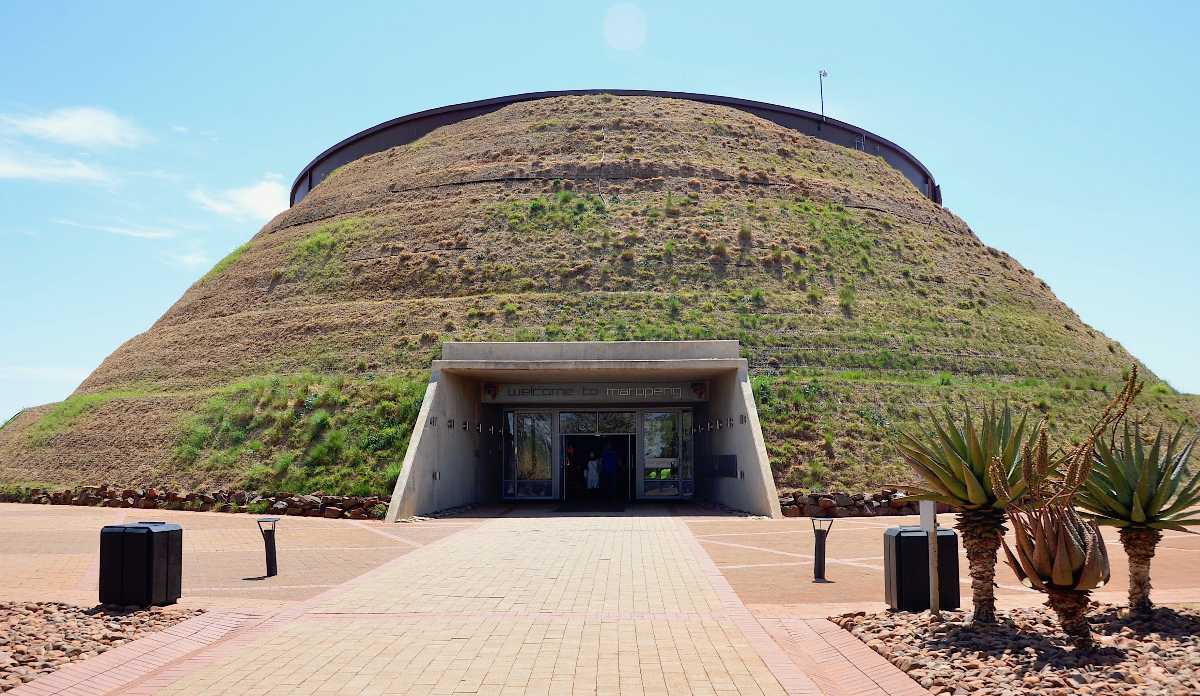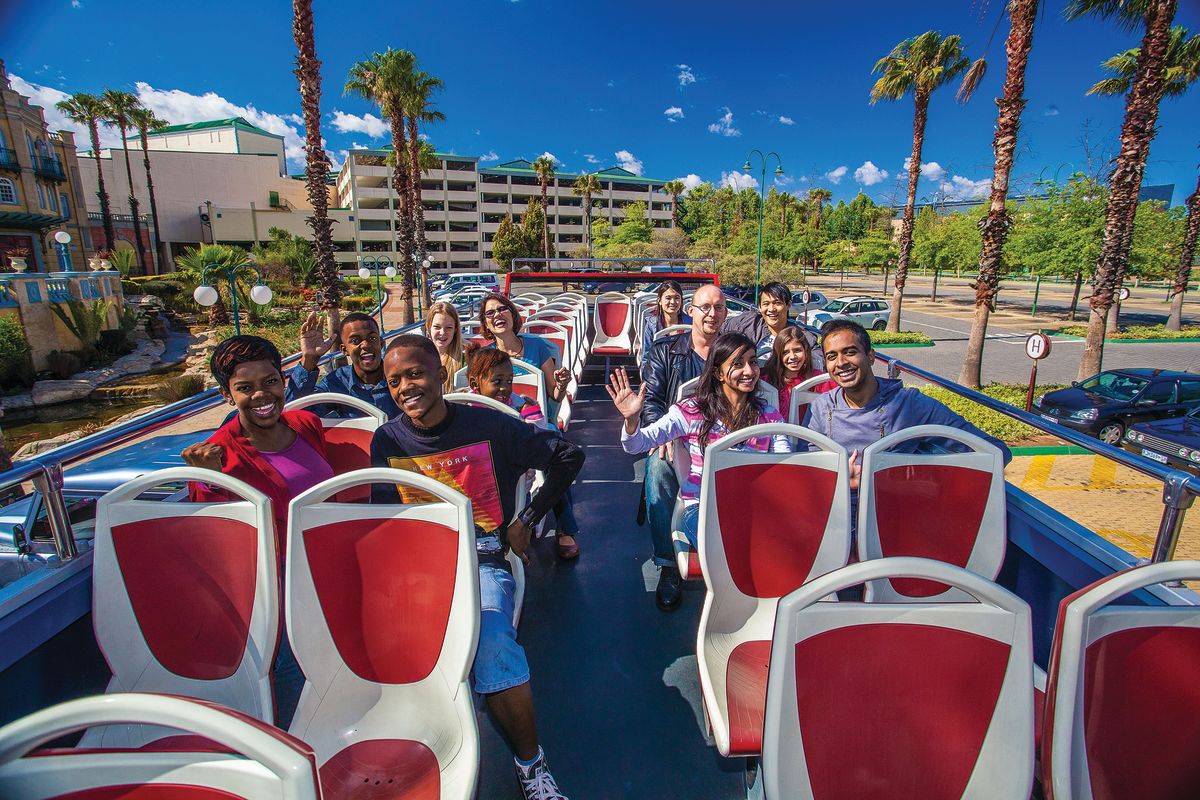Johannesburg North Attractions for Beginners
Wiki Article
Johannesburg North Attractions Things To Know Before You Buy
Table of ContentsExcitement About Johannesburg North AttractionsFascination About Johannesburg North AttractionsThe 10-Minute Rule for Johannesburg North AttractionsJohannesburg North Attractions Things To Know Before You Get ThisJohannesburg North Attractions - TruthsLittle Known Facts About Johannesburg North Attractions.Things about Johannesburg North Attractions
Nonetheless you need to maintain security in mind and travelers should remain sharp at all times when in unknown surroundings. Talk with the locals when you are in town to learn about the area you are staying in. Johannesburg North attractions. When on the street (this doesn't relate to buying malls and other secure environments) ideal general suggestions is to attempt your best to resemble a local and to stay clear of presenting any type of wide range
Little Known Facts About Johannesburg North Attractions.
Teacher Revil Mason O. J. (Thomson, 1946) checked out the Witwatersrand's pre-colonial background. His historical job exploded the 'em pty land' myth, according to which the region was lacking human habitation prior to the arrival of European settlers. In his publications Prehistory of the Transvaal: A Record of Human Activity (1962) and Origins of Black People of Johannesburg and the Southern Western Central Transvaal AD 3501880 (1986 ), Teacher Mason showed the level of social and economic development in the area before Europeans set foot right here.

Not known Incorrect Statements About Johannesburg North Attractions
In 1878, David Wardrop located gold in quartz blood vessels at Zwartkop, north of Krugersdorp. In 1881, Stephanus Minnaar came across gold on the farm Kromdraai, near the Cradle of Humankind.In March 1886, a protrusion (quickly to be called the Key Coral reef) was found, quite fortunately, on Gerhardus Oosthuizen's ranch Langlaagte. Some claim that the Lancastrian coal miner George Pedestrian discovered this reef. One more itinerant English prospector, George Harrison (who had actually formerly functioned in Australian mines) acquired a prospecting permit in respect of Langlaagte in May 1886.
He chose to relocate on in a pursuit for greener fields, and disposed of his Langlaagte case for the baronial amount of 10. Alas: underneath lay the wealthiest goldfield ever before located. The exploration of this rich auriferous coral reef prompted a gold thrill that signified completion of agrarian serenity in the southern Transvaal.
It would, within six years, end up being the largest community in southern Africa. Within a years, it would make the Z. A. R. up until then an anarchical and bankrupt little state the richest nation in Africa. By the millenium, the Z. A. R. was to exceed Russia, Australia and the United States of America to become the world's leading gold manufacturer, creating more than a quarter of the world's gold.
Little Known Questions About Johannesburg North Attractions.
It was referred to as Ferreira's Camp, called after Colonel Ignatius Ferreira. He was a Boer traveler upon whom the British authorities had actually bestowed the standing of Buddy of the Most Identified Order of St Michael and St George (qualifying him to the post-nominal letters C. M. G.) in thankfulness for his role in the battle that had deposed the Pedi king Sekhukhune in 1879.Two various other camps were developed: Meyer's Camp on the farm Doornfontein, and Paarl Camp. The latter was nicknamed Afrikander Camp; look at here lots of individuals from the Cape Colony cleared up there.

How Johannesburg North Attractions can Save You Time, Stress, and Money.
This name gained money by word of mouth, such that the State Secretary verified the name to the Mining Commissioner on 9 October 1886. Stands in the village were auctioned on 8 December 1886. While some stands were marketed for 10, others were knocked down for just sixpence.Two years later on, these erven were to transform hands for as long as 750 each. The tented camps decreased as a dorp of corrugated iron buildings developed and broadened north of the mines situated along the Main Coral Reef Road. Locations such as Jeppe's Town (where working-class immigrants erected their residences) and Doornfontein (where the affluent brand-new 'Randlords' began to create their luxurious homes) were quickly added to the ever-expanding visit the website map of the community.
Getting The Johannesburg North Attractions To Work
In addition to the street names, there were no indications of Johannesburg being positioned in a Dutch-speaking nation. Years later, C. W. Kearns O. J. (among the initial boys signed up at St John's University in 1898) would certainly recall: 'An odd fact about Johannesburg was that, although it was in the [Boer Republic], virtually everyone talked English and also the Federal government slaves addressed one in English, unless they were first dealt with in the Taal (or Low Dutch)'.Britain had a rate of interest in making certain optimum problems for gold production on the Witwatersrand, and that the gold was exported to London rather than Berlin a necessary rendered all the a lot more clamant by the Z. A. R.'s raising toenadering with Germany. Mine proprietors got on a clash with President Kruger, whose policy of monopolistic giving ins (typically given to his cronies) stopped mining firms from procuring products of materials (specifically dynamite) and labour by themselves, cheaper terms
Indicators on Johannesburg North Attractions You Should Know
In 1890, the Volksraad had restricted the franchise business to white men who had actually resided in the Z. A. R. for fourteen years or longer, therefore disqualifying a lot of the immigrants (who occurred to be the major contributors to the fiscus). Nonetheless, agitation for the vote was a mere pretext for advertising a different program; most uitlanders concerned themselves as short-lived site visitors and had no objective of staying in the Z.Report this wiki page